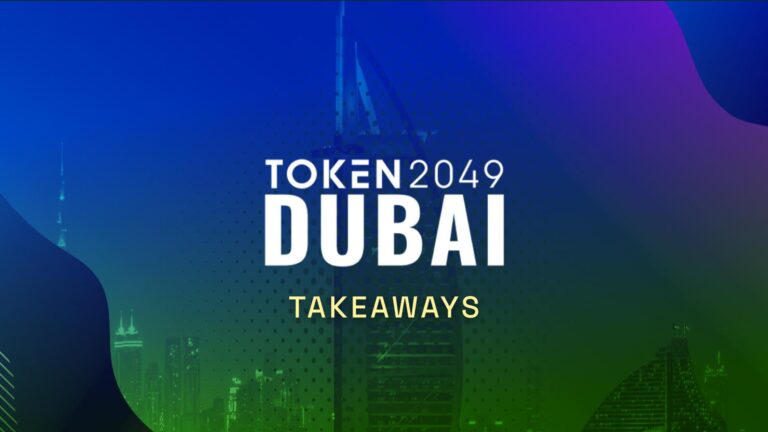Figment will be supporting the Avalanche Network, AVAX stakeholders, and Avalanche developers with our infrastructure, and our Web 3 API access gateway Data Hub. Learn more about Avalanche by reading below.
What is Avalanche Network?
Avalanche is an upcoming layer one protocol by Ava Labs that plans to offer high-throughput, fast finality, and unprecedented decentralization. Developers will be able to launch their own public or private blockchains (called subnets), create and trade digital assets, and build scalable smart contracts and decentralized applications.
Subnets within the Avalanche network will be highly customizable and will have their own incentive structures.
Because of this customization, companies can create legally compliant permissioned subnets while still being connected to the grander Avalanche network. This could lead to the creation of new financial primitives and bring more traditional financial products into the blockchain space in a decentralized way.
The Team
Ava Labs was founded by Cornell Computer Scientists Emin Gün Sirer (CEO) and Kevin Sekniqi (COO) in 2018. The team brought in finance executive John Wu earlier this year as President of Ava Labs. Ava Labs is backed by the likes of Andreesen Horowitz and Polychain Capital.
Subnet Architecture
Ava Labs describes Avalanche as a “heterogeneous network of many blockchains and validator sets”. Blockchains on Avalanche are validated by a customizable group of validators called “subnets”. Users can create new subnetworks that function within their own specified ruleset. This can include, but not limited to:
- Who is able to validate within the subnet.
- Defining what makes a valid block.
- The genesis state of the chain.
- What occurs when a block is accepted.
- What RPC endpoints are exposed.
- What to save in the database.
An interesting aspect of the subnet model is that it allows validators to choose what blockchains they would like to validate in rather than be obligated to validate the state of every blockchain within Avalanche.
That being said, all validators must validate on the “default subnet” of Avalanche. The default subnet validates Avalanche’s base blockchains. Outside of technical requirements, the only requirement to validate on the default subnet is to have AVAX tokens, the native token on the Avalanche blockchain, staked to your validator.
Base Blockchains
There are three blockchains validated by the default subnet:
- X-Chain: The X-Chain allows for creating and trading digital assets, like the AVAX token. Transaction fees on this blockchain are paid in AVAX.
- P-Chain: The P-Chain manages the metadata of the Avalanche network. This allows users to create their own blockchains and subnets.
- C-Chain: The C-Chain is an instance of the Ethereum Virtual Machine, which allows users to create smart contracts. This blockchain is powered by Avalanche’s novel Avalanche consensus protocol.
Use Cases
Because of the Avalanche Network being highly customizable, the use cases for the network are limitless. That being said, a unique use case that the Ava Labs team is focusing on is fully compliant financial products and applications built on the blockchain.
Subnets on Avalanche can be permissioned or permissionless. One of the benefits of creating a permissioned subnet is that it allows subnet owners to be fully compliant with local laws and regulations.
For example, subnet owners can require information about their users in order to comply with KYC, anti money laundering, and risk management regulations, while still benefiting from the speed and scalability of building on Avalanche.
This customization has the potential to bring a whole new group of financial assets into the digital space that were unable to benefit from other blockchain networks due to their permissionless nature.
Network Economics
The Token
The AVAX token is the native asset on Avalanche.
At the base level, the AVAX token will be used for –
- rewarding validators for validating on the default subnet
- paying for transaction fees on the default subnet
- creating a new subnet or blockchain
- sending an asset to the X-Chain
- on-chain governance participation
Minting New AVAX
The supply cap of AVAX is set at 720,000,000 and there will be 360,000,000 AVAX available at launch. Additional AVAX tokens will be minted as a reward mechanism for validators and token holders who decide to stake their AVAX tokens.

Because of AVAX’s fixed supply and minting structure, AVAX is a deflationary token, similar to Bitcoin. As you can see, more tokens are minted as more tokens are staked on Avalanche. This is different when compared to other Proof of Stake based blockchains that mint new tokens when there is less staking participation as a way to incentivize more staking.
Staking AVAX
Although there is no unbonding period, the minimum staking duration is two weeks. A staker will receive a higher percentage of rewards if they decide to stake for longer amounts (up to a year), thus incentivizing longer stake lengths. A staker will receive 11.11% more rewards if they decide to stake for a full year in comparison to staking for 2 weeks.
Slashing
There will be no slashing on Avalanche, but validators may lose a share of rewards if they are down and incorrect when validating.
Governance
The Avalanche governance model allows only a few features to be subject to governance, and those features will be subject to bounds. These features are:
- Minimal staking amount required to participate
- Minimal amount of time required to stake
- Maximum amount of time a node can stake
- Reward rate
- Fee structure
Anyone with AVAX is allowed to participate in governance and any node participating in the network can issue a governance proposal.
Difference between Subnets
It is important to note that the network economics mentioned above only pertain to the default subnet on Avalanche. All additional subnets will have their own unique economic and governance structure.
Future Developments
Avalanche recently concluded its Denali incentivized testnet and is scheduled to launch its mainnet in Q3 2020.
Avalanche’s mainnet plans to launch with:
- Transaction fees
- Custom validators
- Asset registry
- Sharding through subnets
- On-chain governance
Check out Ava Labs’ Discord for more information.



